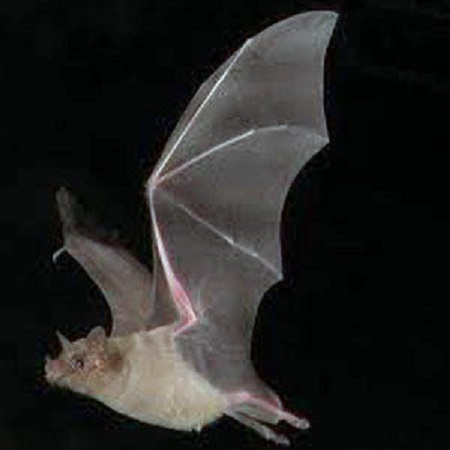Desert Pollinator Bats The lesser long-nosed bat (Leptonycteria yerbabuenae), Mexican long-tongued Bat (Choreonycteris Mexicana), and...
The lesser long-nosed bat (Leptonycteria yerbabuenae), Mexican long-tongued Bat (Choreonycteris Mexicana), and Mexican long-nosed bat (Leptonycteris nivalis), are vital pollinators in desert systems. Their migration must coincide with the flowering or fruiting of their desert food plants. As such, these migrants are very sensitive to the timing of rainfall, habitat disturbance, and contaminants, as well as human activities, such as caving and rock climbing.
The desert pollinator bat species are threatened and endangered.
The agave industry may have a substantial impact by depriving bats of nectar sources. The commercial practice is to cut all flower buds and allowing no plants to flower. This creates a landscape devoid of nectar sources for the bats. In certain locations and times of year, such sources could be crucial for survival.
The Journey
Desert pollinator bats migrate south in the late summer and early fall and spend the winter in caves in south-central Mexico. During the spring and summer, they roost in the southwestern United States. Nectar and pollen fuel the bats on a journey that may be between 65–650 miles (100–1000 km) long.
 Explore Nature Home
Explore Nature Home About Natural Resources
About Natural Resources Contact Natural Resources
Contact Natural Resources RSS
RSS Facebook
Facebook Twitter
Twitter YouTube
YouTube Flickr
Flickr Instagram
Instagram









COMMENTS